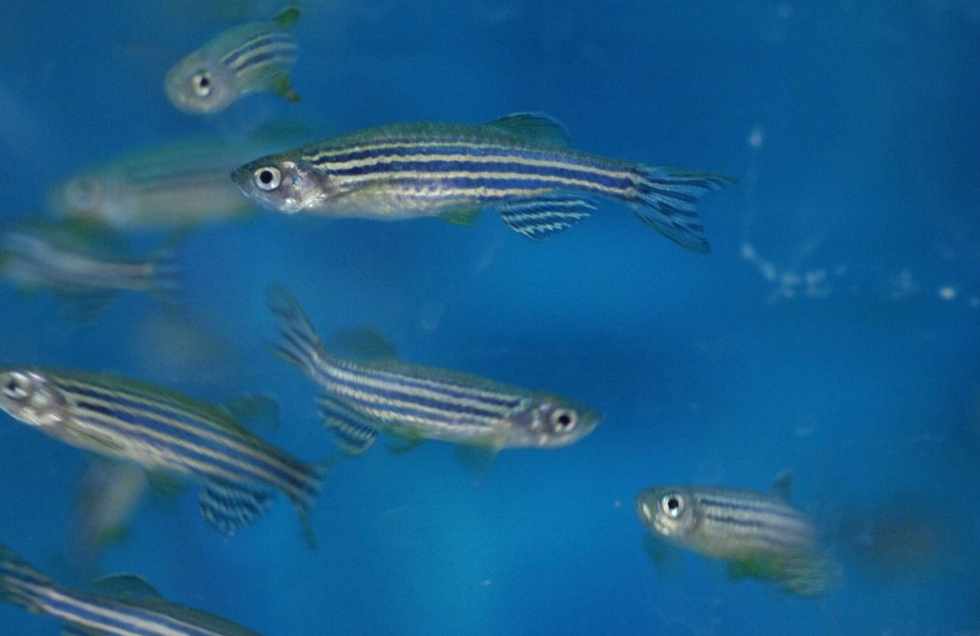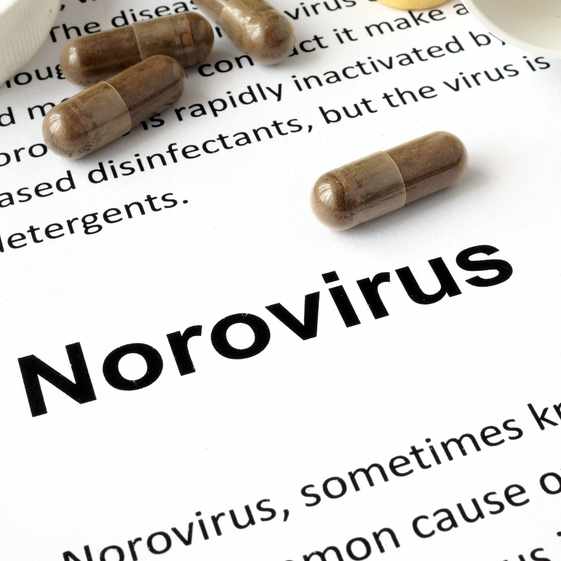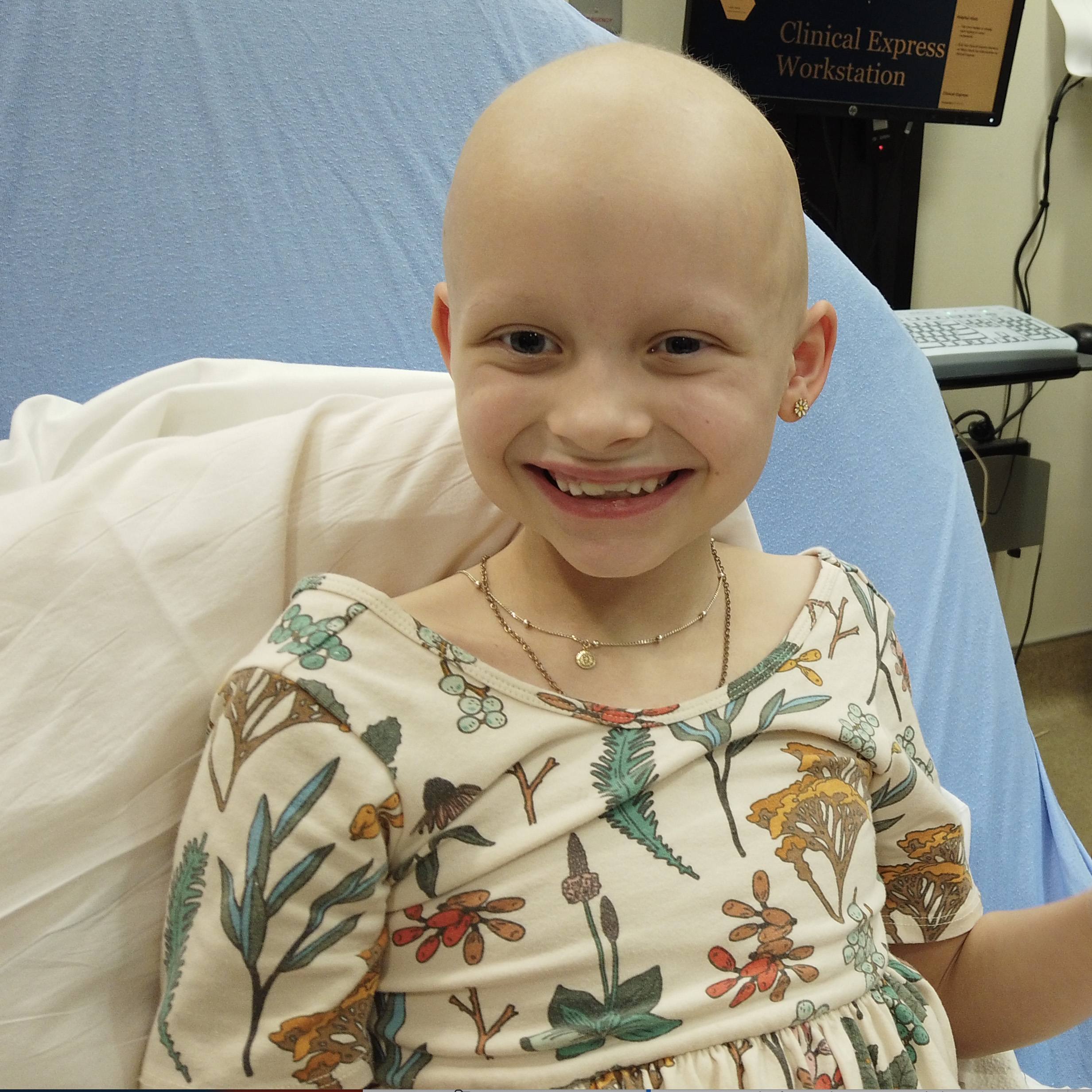 ROCHESTER, Minn. — Over seven years ago, Mayo Clinic researchers began collecting scientific data on a different kind of experiment: How well K-8 school students might improve in science if offered a hands-on, real-time research curriculum. Their findings, published online in the journal Palgrave Communications, demonstrate that their Integrated Science Education Outreach (InSciEd Out) program is not only scalable and transferrable across the country and the world, but that it can be used to help reform science education in primary and secondary schools. The work also challenges efforts in education reform to employ the same statistical scrutiny found in the review process of other areas of science.
ROCHESTER, Minn. — Over seven years ago, Mayo Clinic researchers began collecting scientific data on a different kind of experiment: How well K-8 school students might improve in science if offered a hands-on, real-time research curriculum. Their findings, published online in the journal Palgrave Communications, demonstrate that their Integrated Science Education Outreach (InSciEd Out) program is not only scalable and transferrable across the country and the world, but that it can be used to help reform science education in primary and secondary schools. The work also challenges efforts in education reform to employ the same statistical scrutiny found in the review process of other areas of science.
Instead of sticking with a traditional textbook curriculum in Lincoln K-8 school in Rochester, Minn., the Mayo team collaborated with the school system to introduce a research laboratory approach using live zebrafish as a tool and focal point. The data show that first school became the top science middle school in Minnesota. Since then, the approach has been replicated in multiple grade levels in schools in other systems and states, and has been exported in a partnership with India.
MEDIA CONTACT: Bob Nellis, Mayo Clinic Public Affairs, 507-284-5005, Email: newsbureau@mayo.edu.
“These analyses provide evidence that scientifically rigorous evaluation demonstrating relevant program efficacy is indeed achievable in education science,” says Joanna Yang, a Ph.D. candidate in Clinical and Translational Sciences at Mayo Graduate School and first author of the article.
The study follows the growth of 4 cohorts of participating students assessed for proficiency in science in grades 5 and 8. Outcomes from students employing InSciEd Out curriculum are compared to cohorts at the district and state level following traditional curriculum. The InSciEd Out students show identity of scientists through a more than 8-fold increase in science fair participation. They show entry into the scientific pipeline through a doubling in their choice to enter advanced science classes when transitioning to high school. Each of these changes is shown in the manuscript to be sustained for 6 years in the science/education partnership.
InSciEd Out launched as a collaboration among Mayo Clinic, Winona State University-Rochester, and Rochester Public Schools in 2009. It has since grown to include collaborations in Minneapolis and St. Paul, Minn., Florida, Illinois, India, and Ghana. Founding partners Chris Pierret, Ph.D., Stephen Ekker, Ph.D., and James Sonju (principal at Lincoln K-8) realized that students were hungry for science and capable of much more than was currently offered. A pilot program grew into a transferrable multi-year curriculum that led to students publishing as co-authors on research papers and to a visit to the White House where the students and their mentors were praised by President Obama.
“We consider this paper to be a call to apply the same scientific rigor and clinical trial temperament (that we use in science) to education efforts,” says corresponding author Dr. Chris Pierret. “Statistical significance of findings is and should remain the gold standard for describing success.”
Co-authors include Thomas LaBounty of LaBounty Consulting; Woodbury, Minn.; and Stephen Ekker, Ph.D. of Mayo Clinic. The study was supported by the National Institutes of Health through the National Center for Advancing Translational Sciences; the National Science Foundation; and Mayo Clinic.
###
About Mayo Clinic
Mayo Clinic is a nonprofit organization committed to medical research and education, and providing expert, whole-person care to everyone who needs healing. For more information, visit http://www.mayoclinic.org/about-mayo-clinic or https://newsnetwork.mayoclinic.org/
Related Articles







